Garlic Mustard – Coming To A Garden Near You; By Guest Blogger Susan Harris, “Garden Rant” Blogger and Garden Coach.
Susan Harris is an awesome garden coach, garden writer, and participates as a editor and blogger for “Garden Rant” – one of the best blogs out there today on gardening. Susan writes for many publications and today’s sustainable and relevant blog on the dreaded and invasive Garlic Mustard is written by Susan. Read on….
For as long as anyone can remember, the wooded valley that my back yard is part of has been covered with English ivy. Not just on the forest floor but even up into the trees where it matures and produces berries, berries that are then spread far and wide by the birds. But then came another vine that – can it be? – managed to win the battle of primacy with the ivy – the five-leaf akebia. It now has a lock on the lowest, wettest parts of the valley.
Then suddenly the fastest spreading invasive plant EVER landed in our valley – the lovely garlic mustard. Its beauty (of sorts) is important to mention because when I’ve shown it to neighbors I’ve discovered that it’s been picked, brought indoors and admired! Oh well. Even if they removed it by its roots it wouldn’t slow the steady march of garlic mustard across the woodland floor.
It’s really no wonder this plant is so successful. It likes the sun, it likes the shade, it seems to like every damn location in North America.
So thank to Barbara Lucas and her pals in the Midwest for this video that goes a long way to showing exactly what mustard garlic looks like and then how to get rid of it. I think I’ll forward this to my neighborhood Yahoo group with the broad hint that we make ridding our valley of this one plant our New Year’s Resolution for the lovely woodland we share.
Garlic Mustard Identification and Control from Barbara Lucas on Vimeo.
Susan Harris is a Master Gardener, garden coach, garden writer and blogger located the Maryland suburbs of Washington, D.C. Visit her online at one of these wonderful websites – www.sustainable-gardening.com and www.gardenrant.com.
Shawna Coronado says Get Healthy! Get Green! Get Community!
I LOVE BALLS – a Gardeners Obsession!

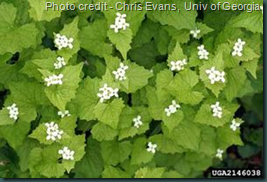
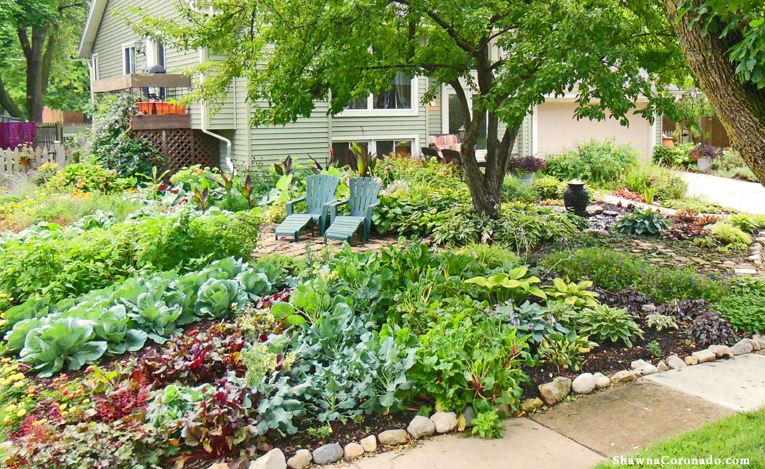

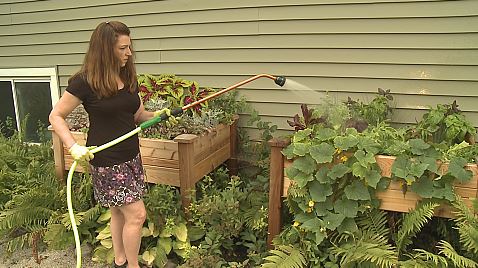
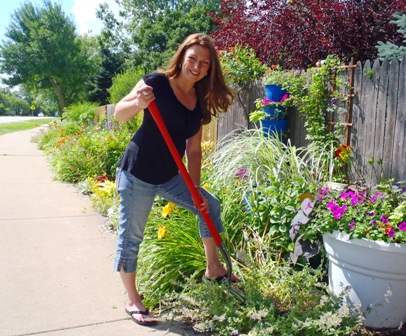
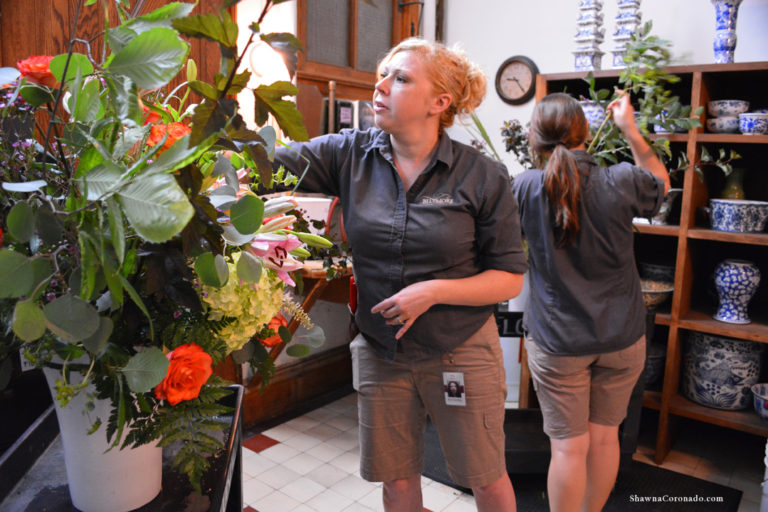
Thanks for this article, Garlic Mustard is really bad, good thing we are just a bit too south for it.
Did you know that several species of white butterflies like the West Virginia White see my page on them at http://www.rlephoto.com/whites/white_WV01.html. They usually on lay eggs on toothwarts (Dentaria and Cardamine. But when they find Garlic Mustard it stimulates them to lay eggs on it. The results are bad the eggs hatch and the caterpillar dies as the plant is not digestible for them. This problem is destroying the population of these rare butterflies in many areas.
This comment has been removed by the author.
Thanks for this comment! Glad you told us about the butterfly’s.
Amazing how much damage one plant can do, right?
Shawna
Shawna,
Yes it is. I do recall finding Garlic Mustard in small quantities in the mountains of NC, VA and WV. Next time I’ll do my best to remove them properly. The West Virginia white is a cool butterfly as it is found on mountain slopes and hill sides.
This is such a great post, Shawna! Having moved from Santa Fe to the Hudson Valley three years ago, I was not aware of the garlic mustard problem – I’ve seen it a lot around here, and thought of it as a “weed” because it’s everywhere, but I had no idea how bad the problem was. I will spread the word through the Therapeutic Landscapes Database Blog as well as in my community in the Hudson Valley. Thanks very much also to Susan Harris and Barbara Lucas for the info. Great stuff!
This comment has been removed by the author.
Who knows where to download XRumer 5.0 Palladium?
Help, please. All recommend this program to effectively advertise on the Internet, this is the best program!